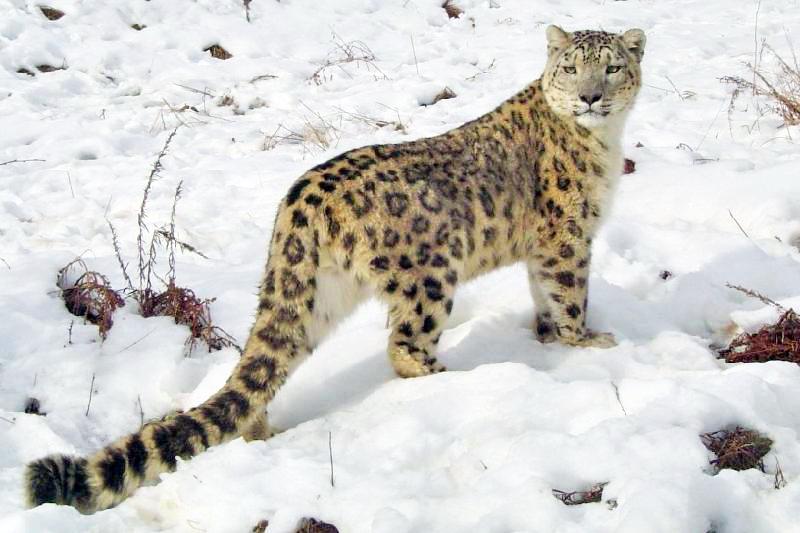Introduction to Classroom 15x
In today’s fast-paced educational landscape, innovative approaches to learning are essential. Enter Classroom 15x—a dynamic model designed for modern learners who thrive in collaborative environments. This concept reimagines traditional classrooms by integrating technology and flexible spaces, making education more engaging than ever before. Whether you’re a teacher looking to enhance your teaching methods or an administrator aiming to foster creativity among students, Classroom 15x offers tools and strategies that can transform the way we think about education. Dive into this guide as we explore everything you need to know about Classroom 15x!
Features of Classroom 15x
Classroom 15x comes packed with innovative features designed to enhance the learning experience. One standout element is its flexible seating arrangements that promote collaboration among students. With movable furniture, classrooms can easily shift from individual study zones to group activities.
Another key feature is the integration of technology. Interactive displays, digital whiteboards, and easy access to online resources create a dynamic environment where information flows seamlessly. This tech-savvy approach not only engages students but also prepares them for future workspaces where adaptability and teamwork are essential skills.
Benefits of Classroom 15x
Classroom 15x offers a transformative approach to learning. By fostering collaboration, it encourages students to share ideas and work together on projects. This boosts critical thinking skills and enhances creativity among learners.
Moreover, the platform supports personalized learning experiences. Teachers can tailor lessons based on individual student needs, ensuring that everyone progresses at their own pace. The interactive features also create a more engaging environment, making education enjoyable and effective for both teachers and students alike.
Success Stories of Classroom 15x
Classroom 15x has transformed numerous learning environments, enabling students to thrive. In a recent case, a middle school in California saw an increase in student engagement by over 40% after implementing Classroom 15x strategies. Teachers reported higher participation rates and improved collaboration among students.
Another success story comes from a high school in New York, where educators utilized Classroom 15x tools to foster creativity. Students created projects that blended technology with traditional subjects, showcasing their skills and enthusiasm for learning. These stories highlight the impactful change Classroom 15x brings to education today.
Enhancing Engagement with Classroom 15x
Engagement is key in any learning environment, and Classroom 15x provides innovative tools to capture students’ attention. Through interactive features like real-time polls and multimedia content, educators can create a dynamic atmosphere that encourages participation.
Students become active participants rather than passive listeners. This shift transforms traditional lessons into collaborative experiences. They learn together, share ideas, and explore concepts beyond textbooks. As engagement rises, so does motivation—leading to deeper understanding and retention of knowledge.
Implementation and Training
Implementing Classroom 15x requires a thoughtful approach. Schools can begin by assessing their current infrastructure and identifying areas for enhancement. Technical support is crucial during this phase to ensure seamless integration.
Training staff and students is equally important. Workshops and hands-on sessions help everyone become familiar with the platform’s features. Ongoing support fosters confidence, encouraging teachers to explore innovative teaching methods within this collaborative environment. This proactive training approach sets the stage for successful adoption of Classroom 15x in everyday learning experiences.
Future of Collaborative Learning with Classroom 15x
The future of collaborative learning with Classroom 15x is bright and promising. As technology evolves, so do the tools that facilitate teamwork and creativity among students. Classroom 15x integrates advanced features designed to foster collaboration in a seamless manner, allowing learners to connect effortlessly.
Moreover, the platform empowers educators to create dynamic environments where student voices are heard. With innovative tools for real-time feedback and peer interaction, Classroom 15x lays the groundwork for an engaging educational landscape. This shift not only enhances participation but also prepares students for successful futures in a connected world.
Classroom 15x Games and Features
Classroom 15x offers a variety of interactive games designed to make learning fun and engaging. These games promote teamwork, critical thinking, and problem-solving skills among students. They can be tailored to different subjects, ensuring that each lesson is not only educational but also enjoyable.
Features like real-time feedback and progress tracking enhance the gaming experience. Teachers can monitor student performance while encouraging healthy competition. This dynamic approach transforms traditional learning into an immersive adventure where students actively participate in their education through play.
Pros and Cons of Classroom 15x
Classroom 15x offers numerous advantages, such as fostering collaboration and creativity among students. Its interactive features encourage engagement, making lessons more enjoyable. Teachers appreciate the versatile tools for assessment and feedback that enhance their instructional methods.
However, there are challenges to consider. The initial setup can be time-consuming, requiring training for educators to fully utilize its potential. Additionally, some may find the reliance on technology distracting or overwhelming in traditional learning environments. Balancing innovation with classic teaching methods remains a crucial consideration for schools adopting Classroom 15x.
Case Studies and Innovative Classrooms
Innovative classrooms around the world have successfully integrated Classroom 15x, creating dynamic learning environments. One notable case study highlights a middle school where project-based learning flourished. Students collaborated on real-world problems, utilizing technology to enhance their projects.
Another inspiring example comes from an elementary school that embraced flexible seating and group work. Teachers reported increased student engagement and improved academic performance. These success stories showcase how Classroom 15x transforms traditional settings into vibrant hubs of creativity and collaboration, fostering a love for learning among students of all ages.
Overcoming Challenges in Classroom Redesign
Redesigning classrooms can be a daunting task. Educators often face resistance from stakeholders who are accustomed to traditional layouts. Addressing concerns about new teaching methods and the benefits of Classroom 15x is crucial for gaining support.
Additionally, budget constraints may limit available resources. Schools can overcome these challenges by prioritizing small changes that enhance learning environments without significant financial investment. Engaging teachers in the redesign process helps ensure their needs are met, leading to smoother transitions and increased acceptance of innovative strategies like Classroom 15x.
Conclusion
Classroom 15x transforms the traditional learning environment, creating spaces that foster collaboration and creativity. With its innovative features and focus on engagement, it is paving the way for a new era in education. As schools embrace this model, students are experiencing enhanced interaction and richer learning experiences.
The success stories demonstrate its effectiveness, showcasing how various classrooms have thrived using Classroom 15x strategies. While challenges remain in implementation, thoughtful planning can bridge gaps successfully.
As technology continues to evolve and educational needs change, Classroom 15x stands at the forefront of collaborative learning. By integrating games and interactive elements into lessons, educators can keep students motivated while promoting critical thinking skills.
With benefits far outweighing any drawbacks, Classrooms adopting this method will likely see improved outcomes across the board. As more institutions share their case studies and innovations through Classroom 15x approaches, we’ll gain valuable insights into shaping the future of education effectively.

 Entertainment7 months ago
Entertainment7 months ago
 Tech7 months ago
Tech7 months ago
 Entertainment7 months ago
Entertainment7 months ago
 Entertainment7 months ago
Entertainment7 months ago
 Blog7 months ago
Blog7 months ago
 Blog7 months ago
Blog7 months ago
 Business7 months ago
Business7 months ago
 Blog7 months ago
Blog7 months ago



